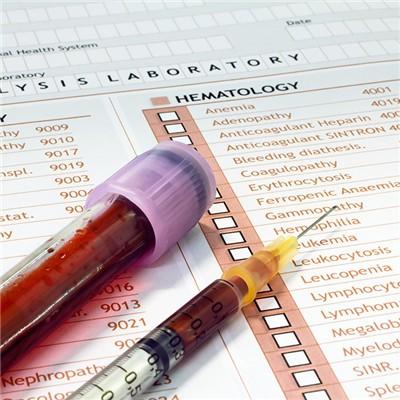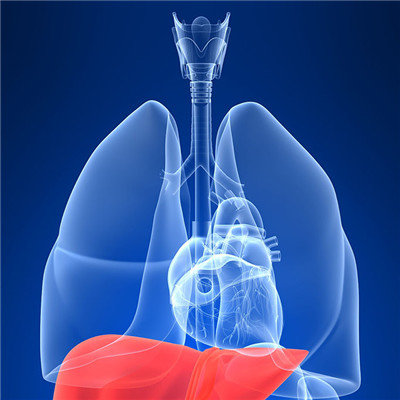Scar repair of hyperplasia
summary
I've had this scar for many years. It's a little red. I really want to get rid of it. After treatment, it's better. What's the scar repair method for hyperplasia? Now let's take a look at it!
Scar repair of hyperplasia
Method 1: Z-shaped plastic surgery, if the wound itself bears too much tension, the scar will become wide, or even uplift. Therefore, plastic surgeons will make Z-shaped plastic surgery according to the direction of muscle action to change the direction of scar.
Method 2: compression method, if the new scar can be compressed for a long time, it can make the scar mature as soon as possible, which is the reason why we use adhesive tape or silicon film to stick on the new scar in clinic.
Method 3: injection method, if the scar began to itch, or gradually hypertrophy, you can inject hormone in the scar, about once a month. There are usually no side effects, except that some women may have irregular menstrual cycle after injection.
matters needing attention
Suggest everybody should notice: keloid is a kind of fibroma on the skin actually. It is different from proliferative scar and should be distinguished. This kind of scar is characterized by red color, hardness, protruding from the surface of the skin, growing and expanding all around, sometimes in the shape of fist or crab foot, sometimes connected into a band. Local congestion, itching and pain, easy to break. In the late stage, the color turned pale, the quality became soft, the itching pain was relieved, and the expansion stopped. Keloids often occur in the upper neck, ears, chest, shoulders and buttocks. The sternum is the most common site in women, which is related to the weight of the two breasts and respiratory movement. At present, the pathogenesis of keloid is unknown, which may be related to the existence of specific quality in the body of individuals, that is, the so-called scar constitution. In addition, chronic infection and chemical stimulation are also pathogenic factors. It is also related to family heredity.











